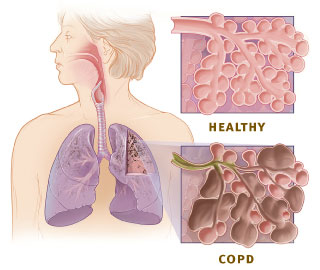Lemur tyrosine kinase 3 (LMTK 3) is the protein responsible for development of resistance to anti-oestrogen drugs like tamoxifen after initial good response.
Now researchers are looking for drugs that can block the effect of LMTK3, which could hopefully help the patients to prevent them from becoming resistant to hormone therapy. It will probably take at least five to ten years to develop new treatments that are safe to be used in humans; the researchers conclude.
In another development the scientists from the Breakthrough Breast Cancer Research Centre at The Institute of Cancer Research (ICR) in London located the genes - named C6ORF96, C6ORF97 and C6ORF211 - in a very well studied part of the human genome, next to the oestrogen receptor gene, which is the main driver of hormonal breast cancer
They said the discovery could in the future help patients whose breast cancers do not respond to drugs like tamoxifen.
They said the discovery could in the future help patients whose breast cancers do not respond to drugs like tamoxifen.
...
Click here to Subscribe news feed from "Clinicianonnet; so that you do not miss out anything that can be valuable to you !!
...






